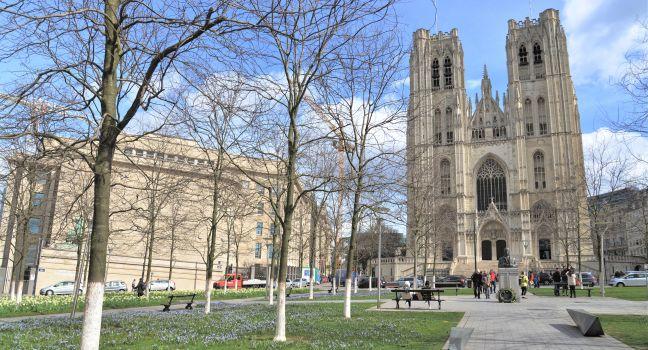Sint-Pieterskerk
This magnificent Gothic church was originally built in AD 986, though the current version dates to the 15th century. It has survived countless wars, most notably in 1914 when fire collapsed its roof, and then again in 1944 when the northern transept was bombed. Inside, the church is filled with art of the late medieval era. Among the finest pieces is the 15th-century Last Supper triptych by Leuven-based Flemish Primitive artist Dirk Bouts, still hanging in its original place in the chapel.




